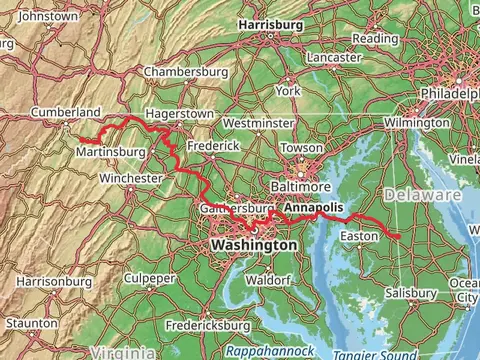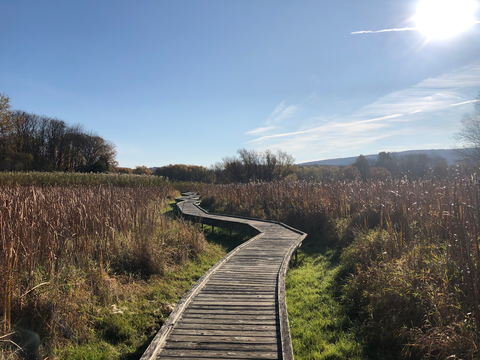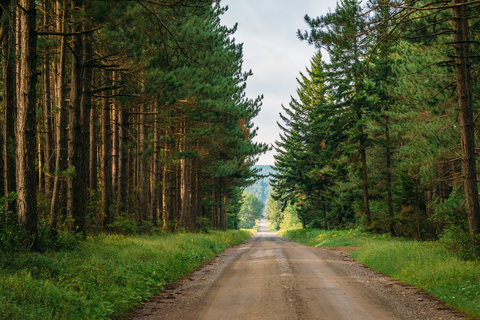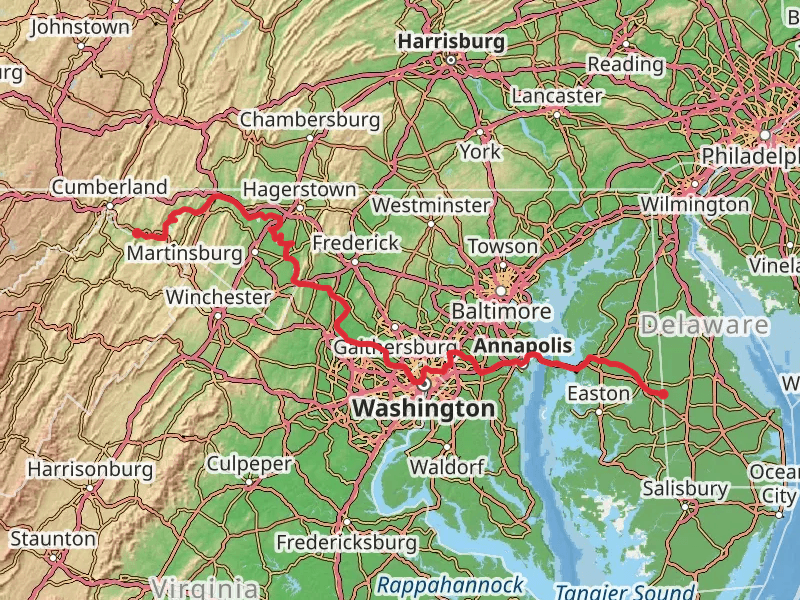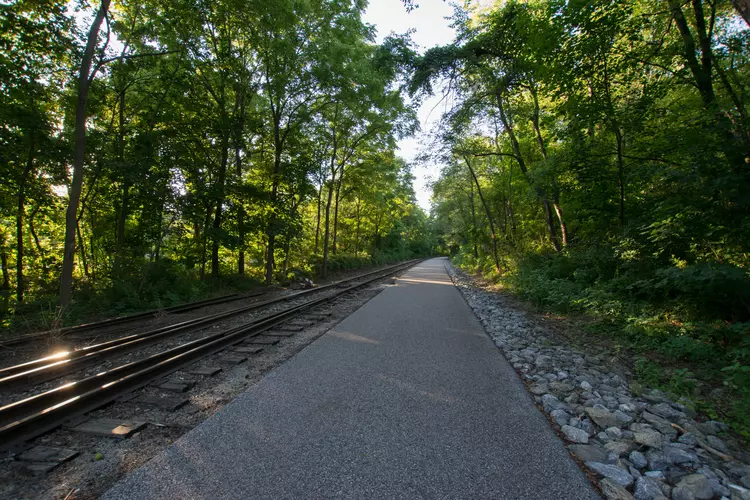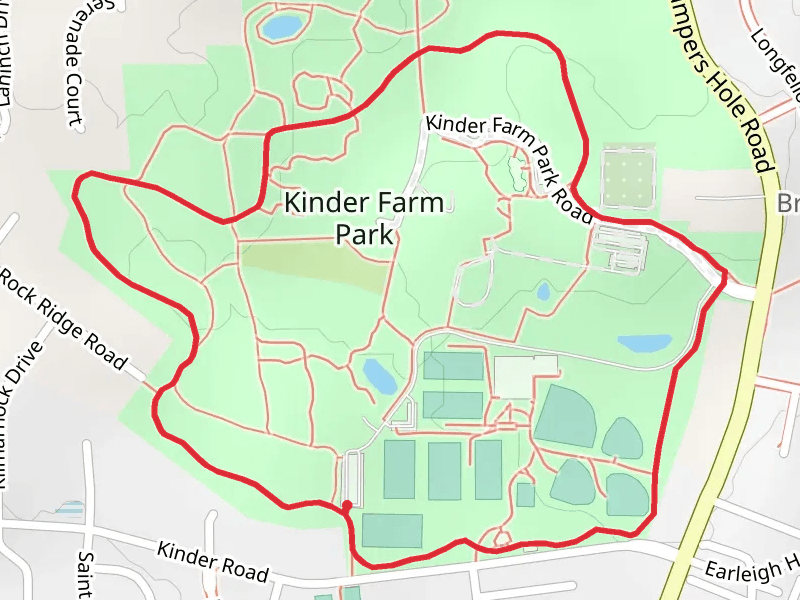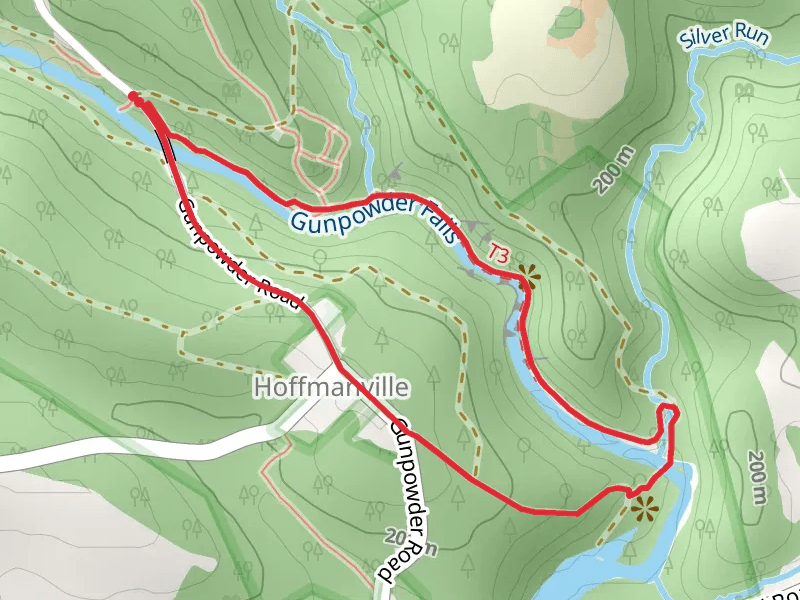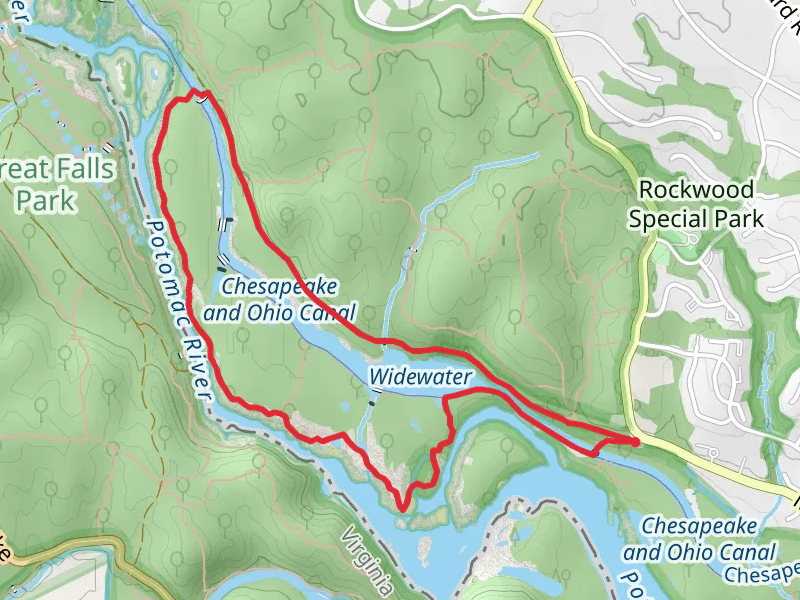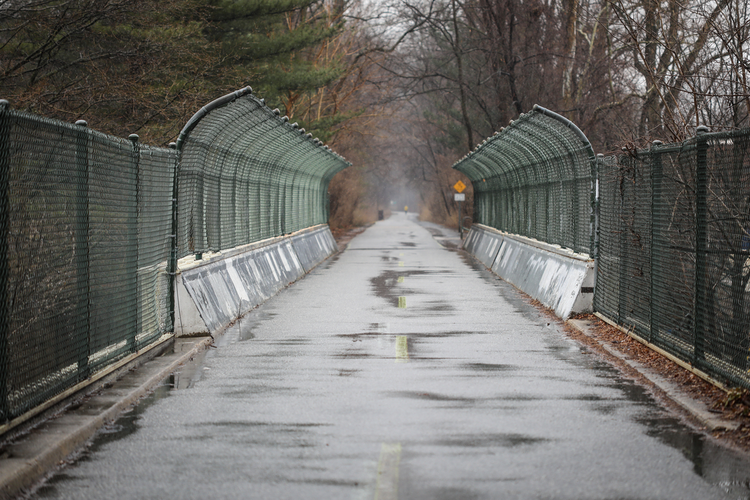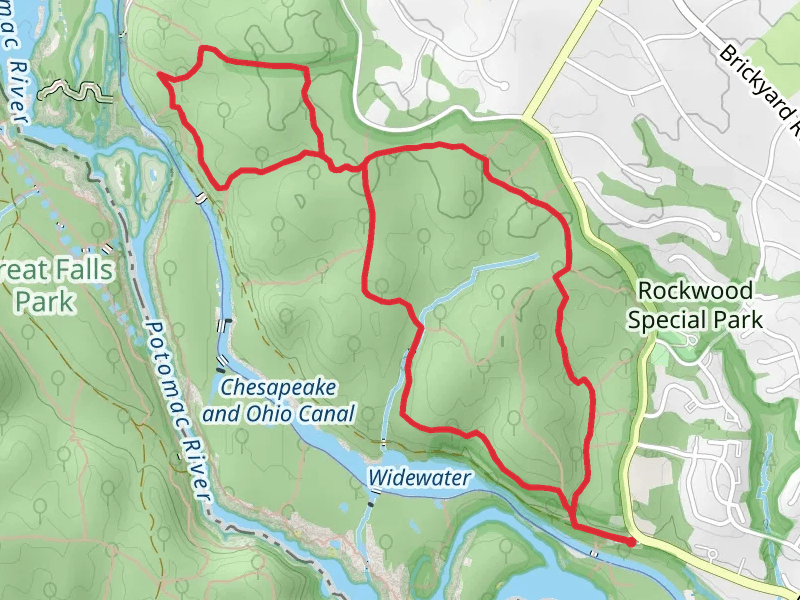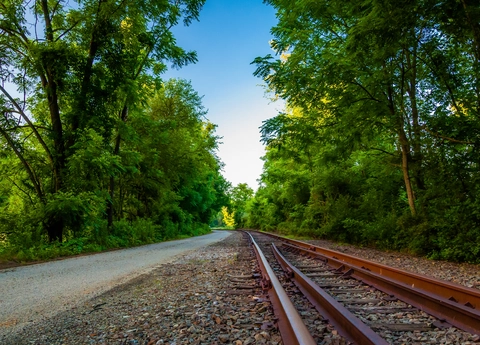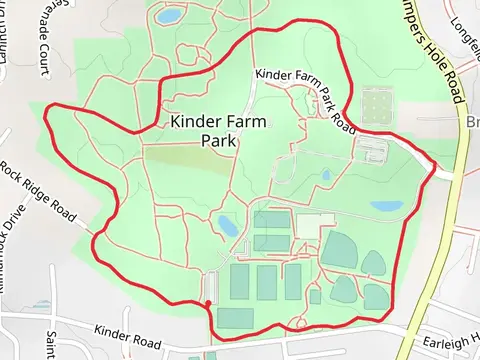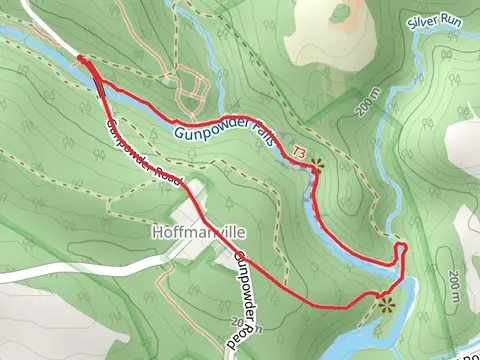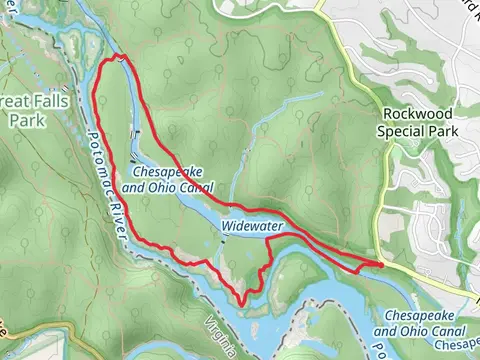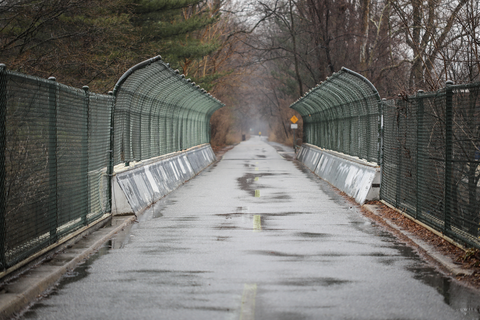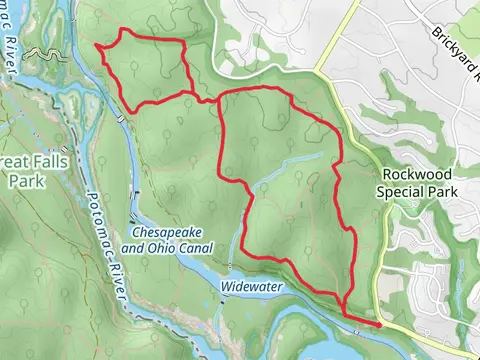"Maryland's trails offer breathtaking beauty and history, from mountains to coasts with wild ponies."
Maryland offers a diverse tapestry of hiking experiences, from the rugged beauty of the Appalachian Trail to the serene landscapes of the Chesapeake Bay. Discover the lush forests of Patapsco Valley State Park, where cascading waterfalls and historic ruins await. For a coastal adventure, explore Assateague Island's sandy trails, home to wild ponies and pristine beaches. Each trail in Maryland is a gateway to stunning vistas and rich history, inviting hikers to explore its natural wonders.
Most popular hikes
FAQs about hiking in Maryland






More hikes in Maryland
by type

